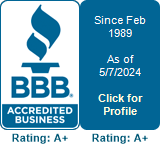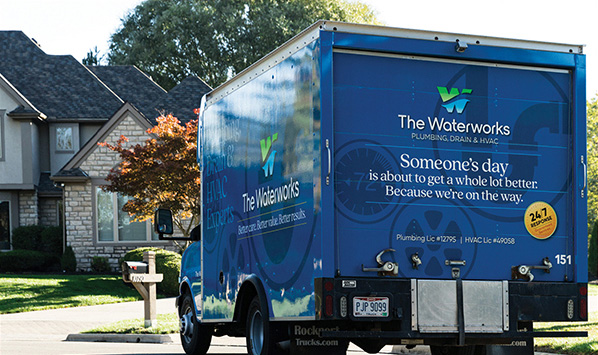Sump Pump Maintenance Checklist
When the spring air starts to freshen up your home, the winter ground begins to thaw from warmer temperatures and become more saturated from the new season’s rains. The rainwater from these spring rains cannot easily absorb into the ground. The next place for such water to go is the empty box essentially waiting to be filled up, your basement. This is where a sump pump comes in handy! Since pumps have an average lifespan of about 10 years, it is best to properly check them annually. With this simple sump pump checklist, your home will easily thwart off those spring rains.
Step 1: Clean Sump Basin Debris
It is best to always check to make sure the sump pump pit is free from debris. Many items can accidentally find their way to the pit like children’s small toys and debris from items stored around the basin. These items can get into the unit and hinder the float mechanism, which causes it to fail. You should test the float itself as well since they can burn out over time. Make sure to fill the pit up with water to solidify the sump pump’s ability to start and stop as it is originally designed to do. It is best to clean the pump every three to four months.
Step 2: Inspect the “Check” Valve
Sometimes the sump pump’s check valve is installed incorrectly. When this happens, water will flow back into the sump pump when it is turned off. The check valve’s arrow should not be pointing toward the sump pump.
Step 3: Clean the Weep Hole
Some sump pumps have weep holes that are usually between the sump pump and the check valve. Take a tiny object such as a toothpick to clean. Just be very careful to not break anything into the actual weep hole. This should also be done every three to four months.
Step 4: Clean the Impeller
The impeller is a small filter that can become easily clogged and should be bolted to your sump pump. If your home’s sump pump suddenly stops running or has been making a whining noise, a clogged impeller may be the cause. Just give it a good cleaning and it should work like new.
Step 5: Smell for a Sump Pump Odor
An unpleasing odor may start to arise from your home’s sump if not properly maintained. Odors are usually caused by the sump pump trap. Now, the trap always contains some water, but when water doesn’t flow into the basin during the dry seasons of the year, you might begin to smell an odor. Have no fear, this odor can be eliminated! Just use a bleach-water mixture to cleanse the basin. A good concoction is a mixture of five parts water to one part bleach. Filling the basin with water until the sump pump engages to cycle the water can also eliminate the odor.
Step 6: Check for Power and Install a Backup Power Source
Every three to four months you should check to see if the power cord and the cord is connected to electrical power. All too often, homeowners complain about their sump pump malfunctioning after a heavy storm has left them powerless for a few days. In case of an emergency, it is always best to install a backup power source. When heavy thunderstorms arrive, they leave your home’s sump pump struggling to keep up with draining the high amount of water. Power outages cause your sump pump to stop working and cause basement flooding. A backup generator can give your sump pump the power it needs to cycle through all of the excess water. Backup power systems can tap into your home’s water supply and provide the energy to run the pump as well. It is best to invest in a backup power source to make sure your basement doesn’t flood.
With this checklist, your sump pump will be up to date and clear of all flooding issues. A proper sump pump allows your home’s basement to be clean and dry!
Plumbing emergency? We respond any time!





